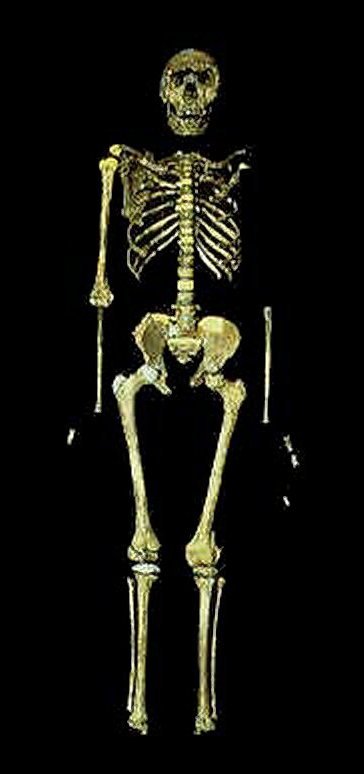EDF 1005 Quiz 2
- APA
- NCATE
Submit
2.
We’ll put your name on your report, certificate, and leaderboard.
Submit
Submit
Submit
Submit
Submit
Submit
Submit
Submit
Submit
Submit
Submit
Submit
Submit










 Back to top
Back to top






